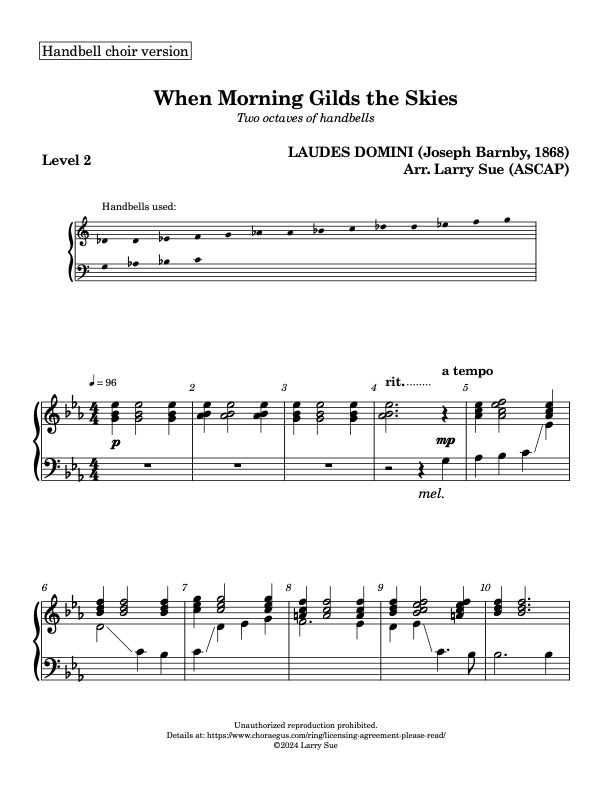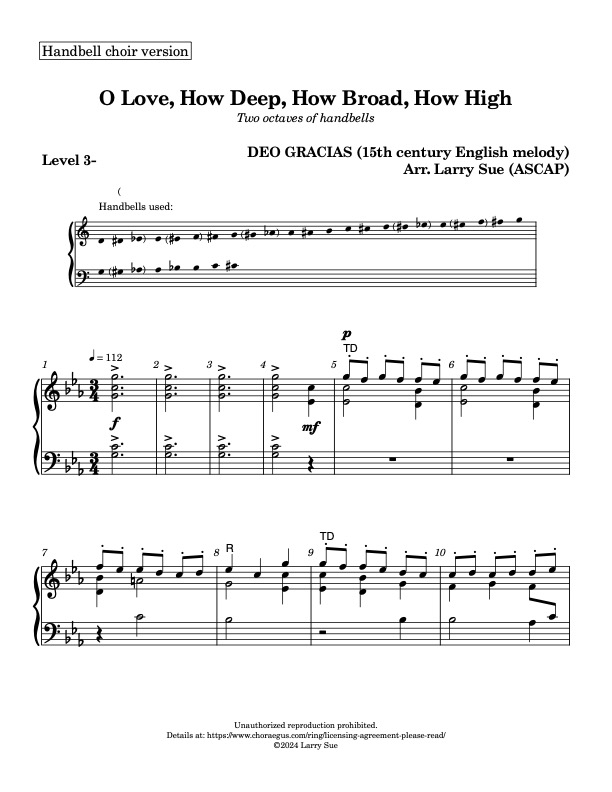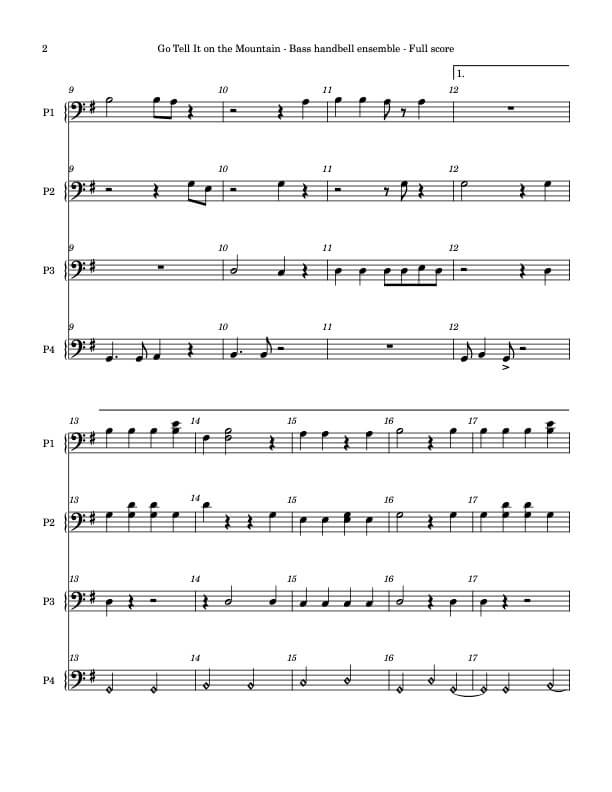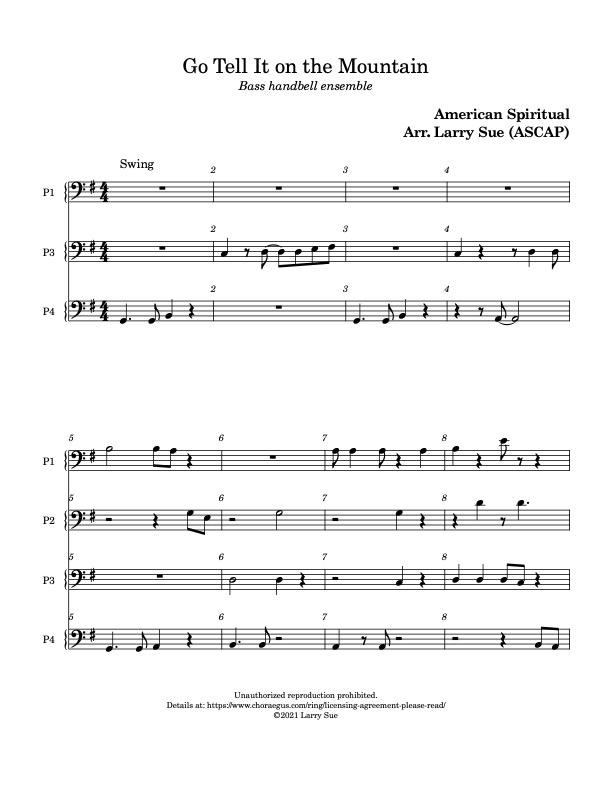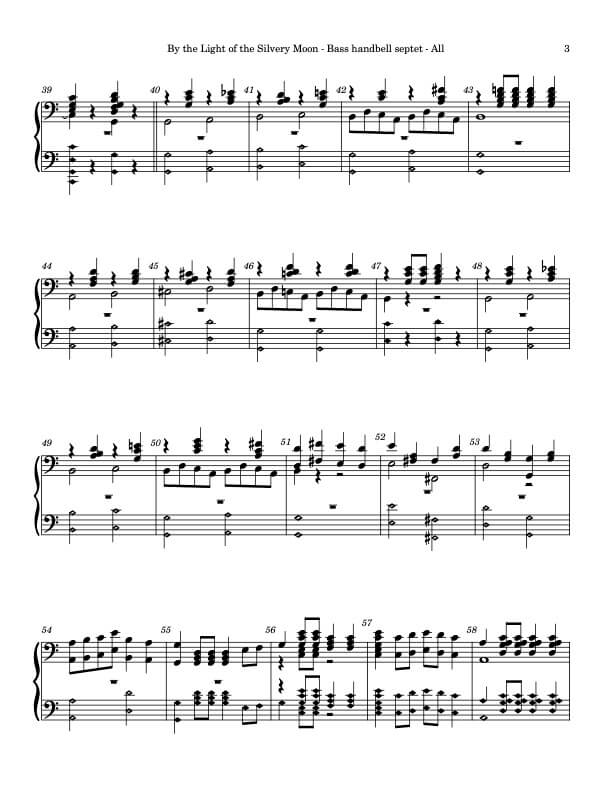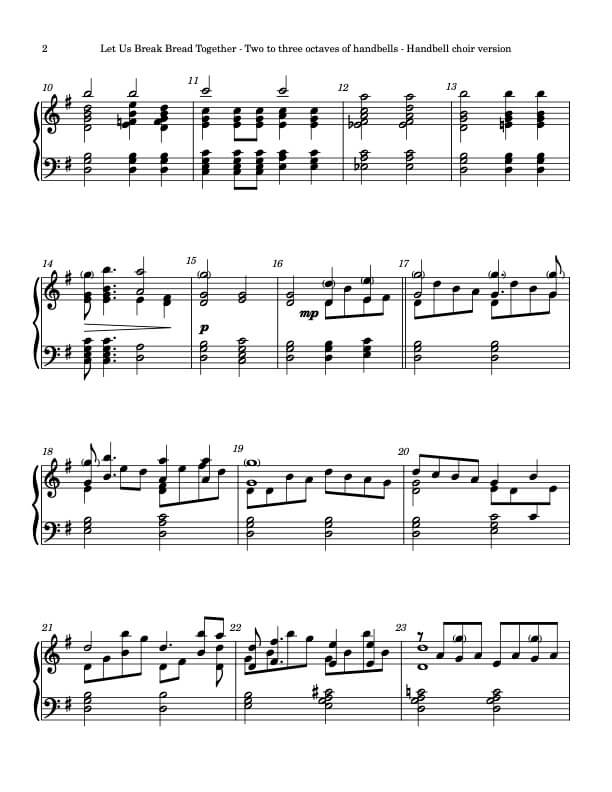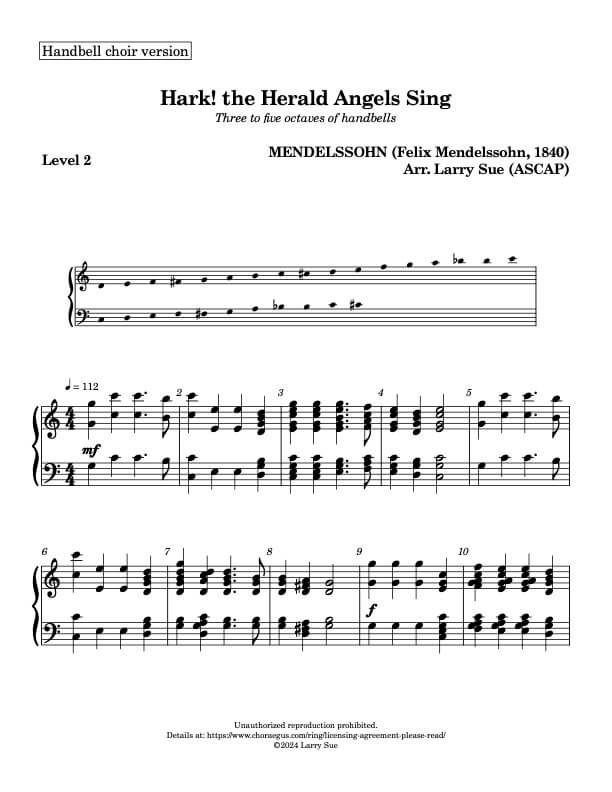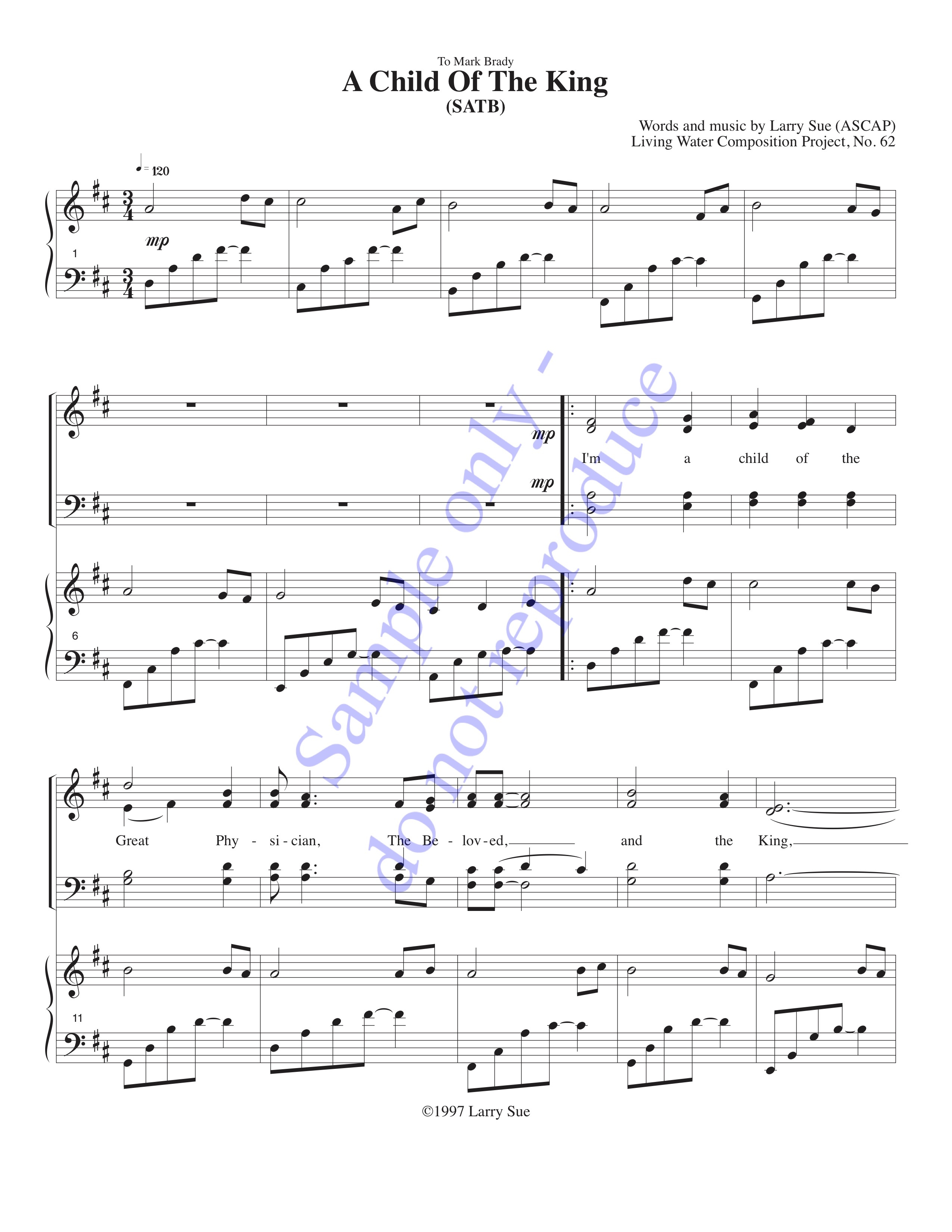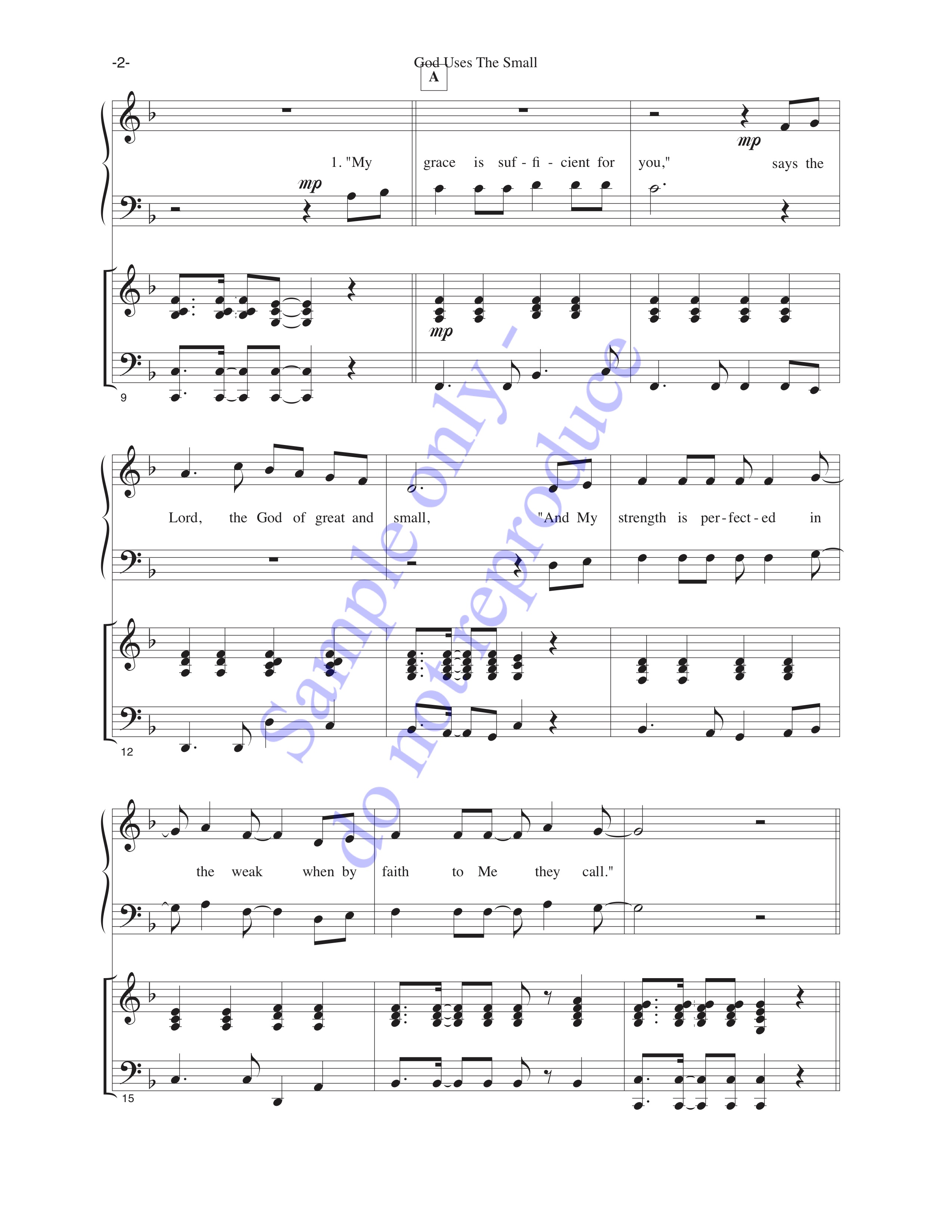If you’ve watched our eight-bell videos, you may have noticed that Carla and I hold our handbells in different ways. The handbell terminology is that she’s using “British four-in-hand”, while I’m using “American four-in-hand”, which is also known as “ring and knock”. The difference will always be there, because we each are sticking with what we learned long ago as new ringers; switching styles would be very, very difficult, because what each of us do has become to automatic.
Four-in-hand (abbreviated “4iH”) really is a bit of a misnomer, since it really is four bells in two hands, not four bells in each hand (or one hand). Somewhere along the line, the present term stuck, and so we just use it without questioning it, since no one worries (much) about whether the term fits its meaning.
American 4iH is called “ring and knock”, because one bell is played the same way you’d play it if you just one bell in your hand – that’s the “ring” bell. The other is turned 90º so that its clapper direction is perpendicular to the other bell; newbie 4iHers are often told that they play that bell as if they’re knocking on a door. The reason for the 90º rotation is to “orthogonalize” (separate) the ringing directions of the two bells so that they can be controlled independently. When the crossed bells are laid on a surface, the top one (“primary”) is the “ring” bells and the bottom one (“secondary”) is the “knock” bell.
British 4iH also sets up with the same sort of perpendicularity, except that the secondary is the “ring” bell and the primary is played with an inward motion. Carla’s written a wonderful article on the subject which I encourage you to check out. Suffice it to say, however, that the different setups are enough to make our individual ringing appearances somewhat different.
Take a look!


